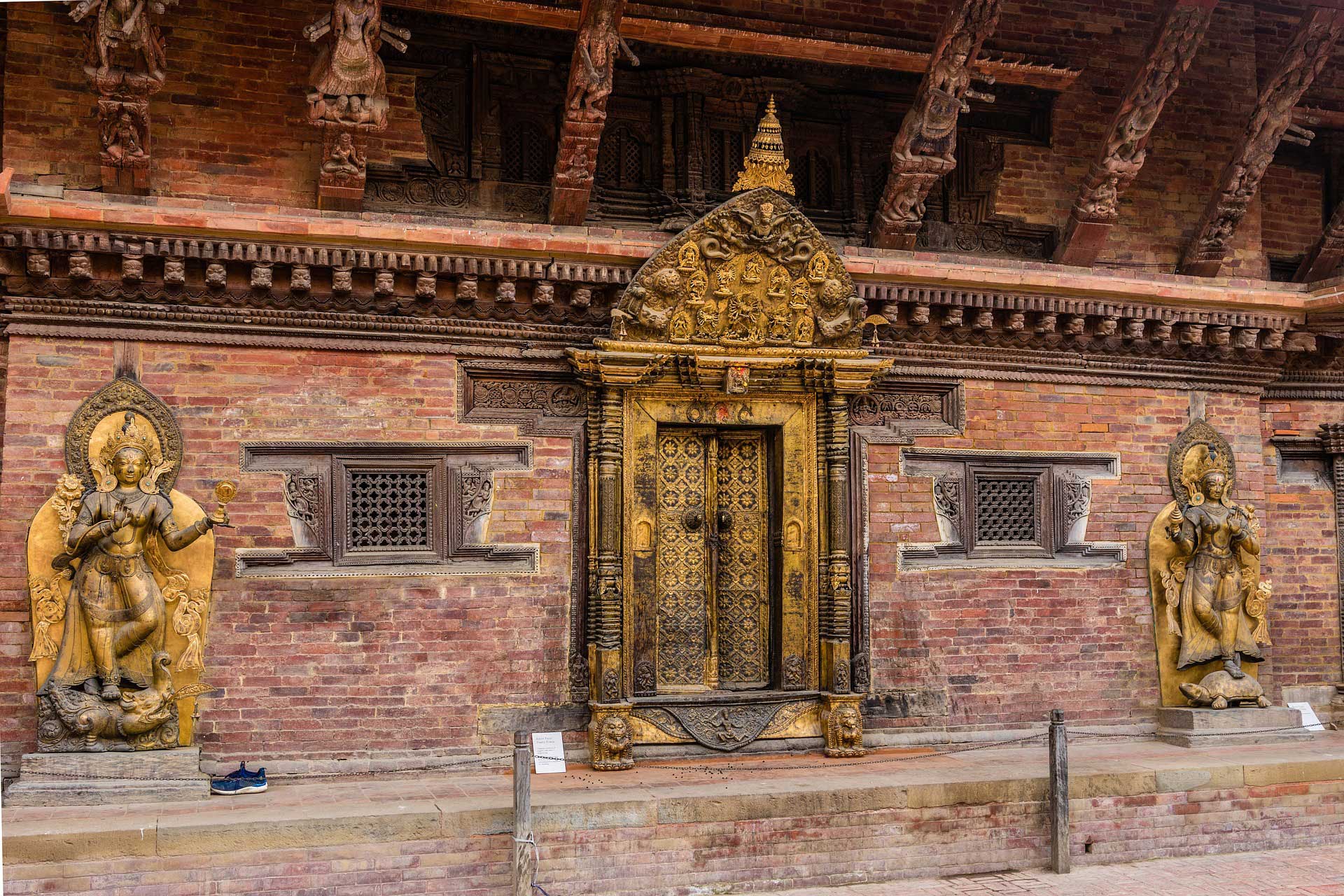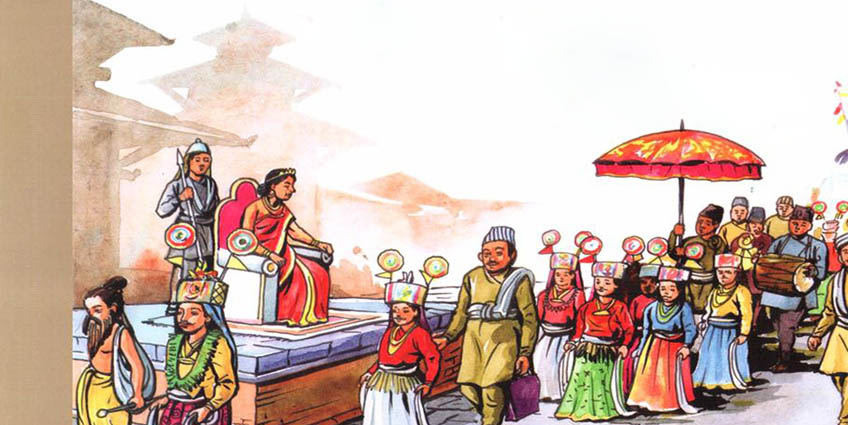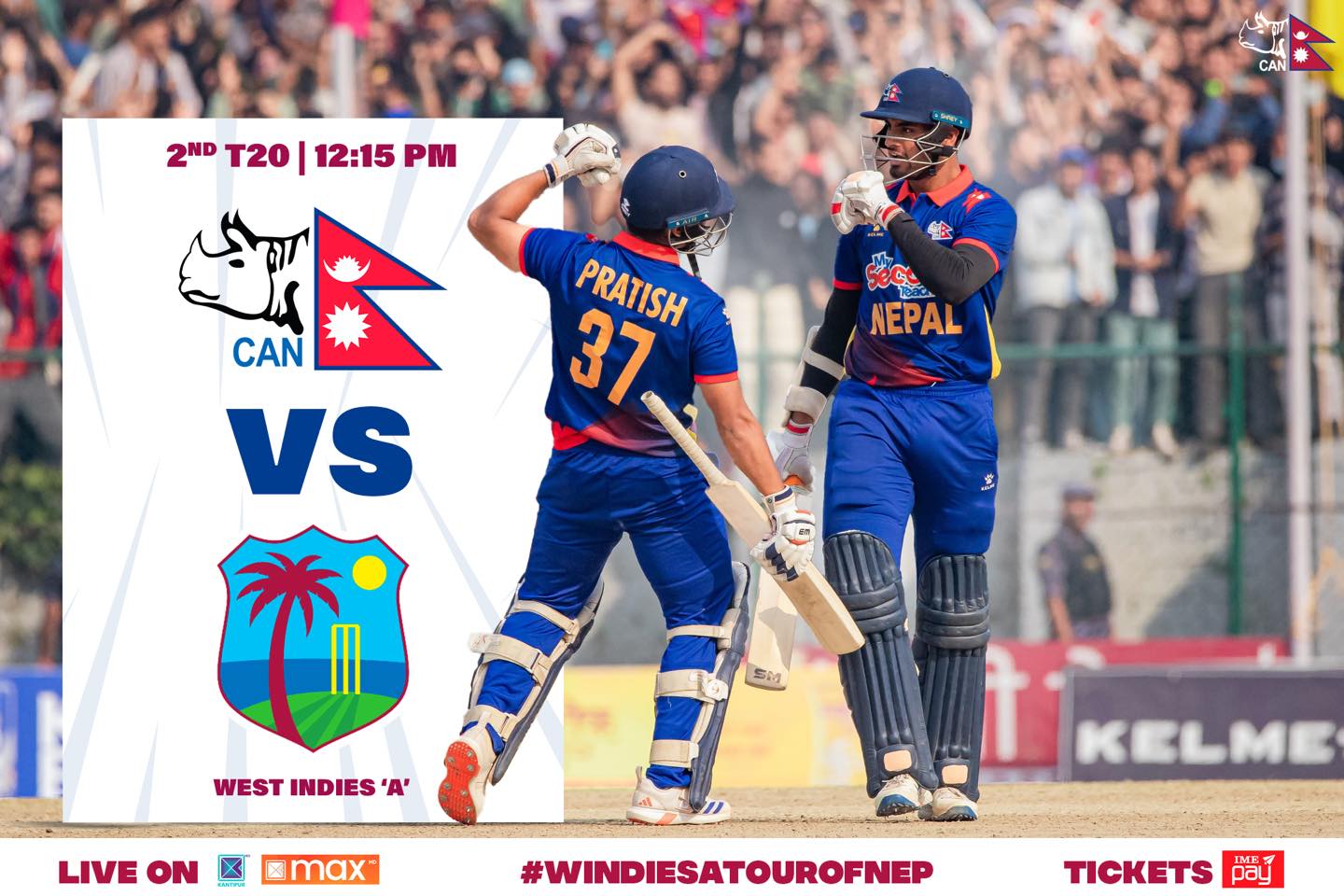In the ever-evolving tapestry of Nepal’s cultural heritage, two captivating festivals, Gai Jatra and Raksha Bandhan, continue to hold steadfast significance. As we gaze ahead into the year 2080, these cherished traditions are poised to maintain their allure, providing a glimpse into the harmonious fusion of tradition and modernity.
Gai Jatra: The Cow Festival Transcending Time
Gai Jatra, also known as the “Cow Festival,” transcends temporal boundaries, beckoning us to an era where ancient customs intermingle with contemporary sensibilities. Rooted in a blend of mythology and historical events, this festival is celebrated with fervor and vigor, transcending generations. The streets of Nepal come alive with processions, where families parade through the avenues donning eccentric costumes and painting a vibrant picture of cultural pride. Amidst the laughter and merriment, Gai Jatra bears a poignant undertone. Families who have lost loved ones in the preceding year take part in these processions, for it is believed that the merriment helps the departed souls find solace and cross over to the afterlife.
Raksha Bandhan: A Timeless Bond of Love
As the year 2080 dawns, Raksha Bandhan continues to resonate as a timeless expression of sibling love and protection. Rooted in Hindu mythology, this festival venerates the sacred bond between brothers and sisters. Sisters thread delicate rakhis onto their brothers’ wrists, symbolizing not just a physical bond but an emotional promise of protection. The brothers, in return, bestow blessings and gifts upon their sisters, reiterating the affectionate connection they share. Despite the passage of years, the essence of Raksha Bandhan remains unwavering—an embodiment of affection and companionship that bridges generations.
2080 and Beyond: Honoring Traditions
The year 2080 dawns upon Nepal, and with it, the two festivals continue to thrive in a world that is witnessing rapid transformations. In an era defined by technological advancements and cultural evolution, the enduring resonance of Gai Jatra and Raksha Bandhan stands as a testament to the profound connection that Nepalese society maintains with its roots. These festivals transcend time and age, embodying the spirit of unity, love, and remembrance.
Cultural Treasures for the Future
As Nepal marches forward into the 22nd century, it does so with a deep appreciation for its cultural treasures. The legacy of Gai Jatra and Raksha Bandhan serves as a guiding light, reminding future generations of the importance of preserving their heritage amidst the whirlwind of progress. The festivals remain a living testament to the rich tapestry of stories and emotions that have shaped Nepalese identity over the years.
Preserving Traditions, Embracing Tomorrow
In a world where change is constant, traditions like Gai Jatra and Raksha Bandhan remain timeless anchors, offering a sense of continuity amidst the flux of time. These festivals stand as a bridge between the past, present, and future—an embodiment of Nepal’s cultural heartbeat that pulses with love, camaraderie, and reverence for the past.
As we reflect upon the cultural treasures that Gai Jatra and Raksha Bandhan represent, we are reminded of the profound wisdom and emotional resonance embedded within these traditions. The year 2080 and beyond shall witness these festivals continuing to weave the fabric of Nepal’s vibrant cultural narrative, inspiring generations to come.




